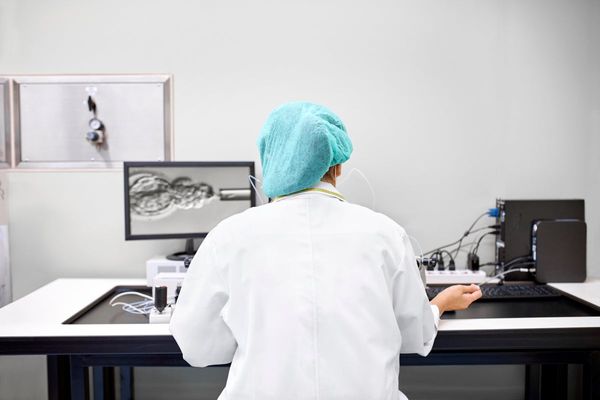
The International Space Station may be too sterile – and the astronauts on board could benefit from it being a little dirtier, according to a new study.
When astronauts spend time on the ISS, they often experience immune problems, skin disorders and other conditions.
That could be because the station has a much less diverse array of microbes than on Earth, a new study suggests.
Those microbes that are around tend to have been carried there by humans. As such, there might be some benefit from astronauts “dirtying” the space station with more microbes from nature, researchers suggest.
They compared it to the benefits found in gardening, which has been well-demonstrated to boost the immune system of those people who do it.
“There’s a big difference between exposure to healthy soil from gardening versus stewing in our own filth, which is kind of what happens if we're in a strictly enclosed environment with no ongoing input of those healthy sources of microbes from the outside,” said Rob Knight, from UC San Diego, in a statement.
In the study, scientists worked with astronauts to swab 803 different surfaces on the space station. That is about 100 times more than the samples that have been taken in previous similar surveys.
Researchers then created 3D maps that showed where the swabs were taken, what microbes they showed, and how they could be interacting with the chemicals found there.
Most of the microbes came from human skin, they found. Cleaning chemicals were also found throughout the station.
They found that the collection of microbes tended to be much less diverse than Earth, and were most similar to other highly sterile environments, such as hospitals.
The work is described in a new paper, ‘The International Space Station Has a Unique and Extreme Microbial and Chemical Environment Driven by Use Patterns’, published in the journal Cell.







